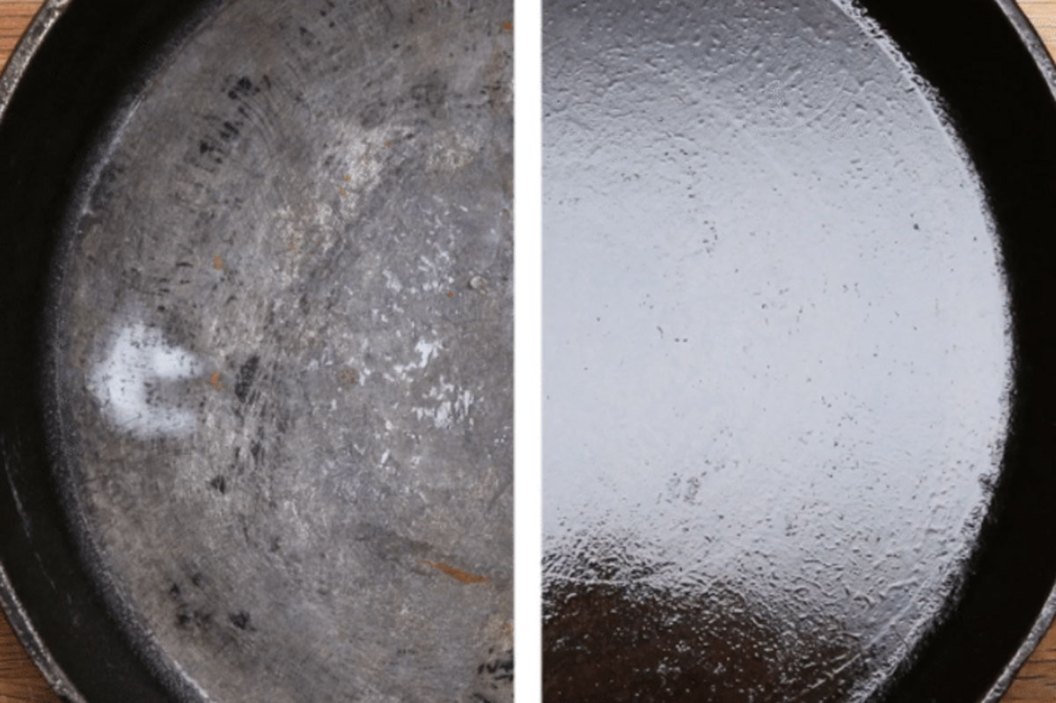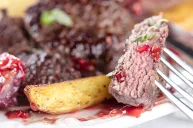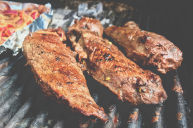Regardless of whether you like to cook at home or out in the backcountry over a fire, cast iron skillets have a special place in the heart of every outdoorsman. There's something about the incredible versatility of one cooking surface that always seems to win us over.
However, all of those tasty early-morning omelets, those late-night scraps on the last night of a camping trip, and the finer meals you prepare in the kitchen leave a mess that can be especially hard to clean, especially if you want your cast iron skillet to last you for years to come.
Fortunately, the following video from Tasty offers us an awesome breakdown of exactly how to clean your skillet with a step-by-step tutorial. Let's take notes while we dive in.
Watch the video below:
First, you want to scrub your cast iron pan with a mild dish soap and steel wool. Make sure you cover all surfaces of the pan, not just the cooking surface. Rinse off the soapy water, then dry the excess water from the pan with light heat on the stovetop.
Flaxseed oil is recommended as the best option for seasoning cast iron because it dries the hardest and lasts the longest, but canola oil will do just fine. Again, you want to cover the entire surface of the pan, not just the cooking surface. Then, wipe out the excess oil from the pan with a paper towel and heat in the oven so the oil sets into the porous surfaces. The result you want to achieve is a glassy layer that covers all surfaces of the pan.
Cooking with your cast iron cookware requires a little patience. Give the pan time to heat evenly before placing your food on it. You should be able to feel the heat coming from the pan by hovering your hand above it. If your food sticks to the pan, chances are that either the pan, the food, or both are too cold. Once your pan is evenly heated, you can add your meat.
Don't move the meat around too much. If it's sticking to the pan, it's not ready to flip. You want to give your meat time to caramelize and self-release from the pan. You can also use your clean cast iron to sear vegetables on high heat and finish roasting them in the oven at low heat.
As far as cleaning your pan, there's a happy medium as far as when to tackle the project. If you let the pan get too cold, the food will be more likely to adhere to the pan. You also don't want to cool the pan too quickly and risk cracking it. Use salt and a mildly abrasive scrubbing pad to remove any leftover food particles and rinse in hot water. Then dry the water on the stovetop to prevent rust from forming, and wipe the pan in a thin coat of oil before storing it again.
These steps will help you preserve your cast iron cookware for years to come.




